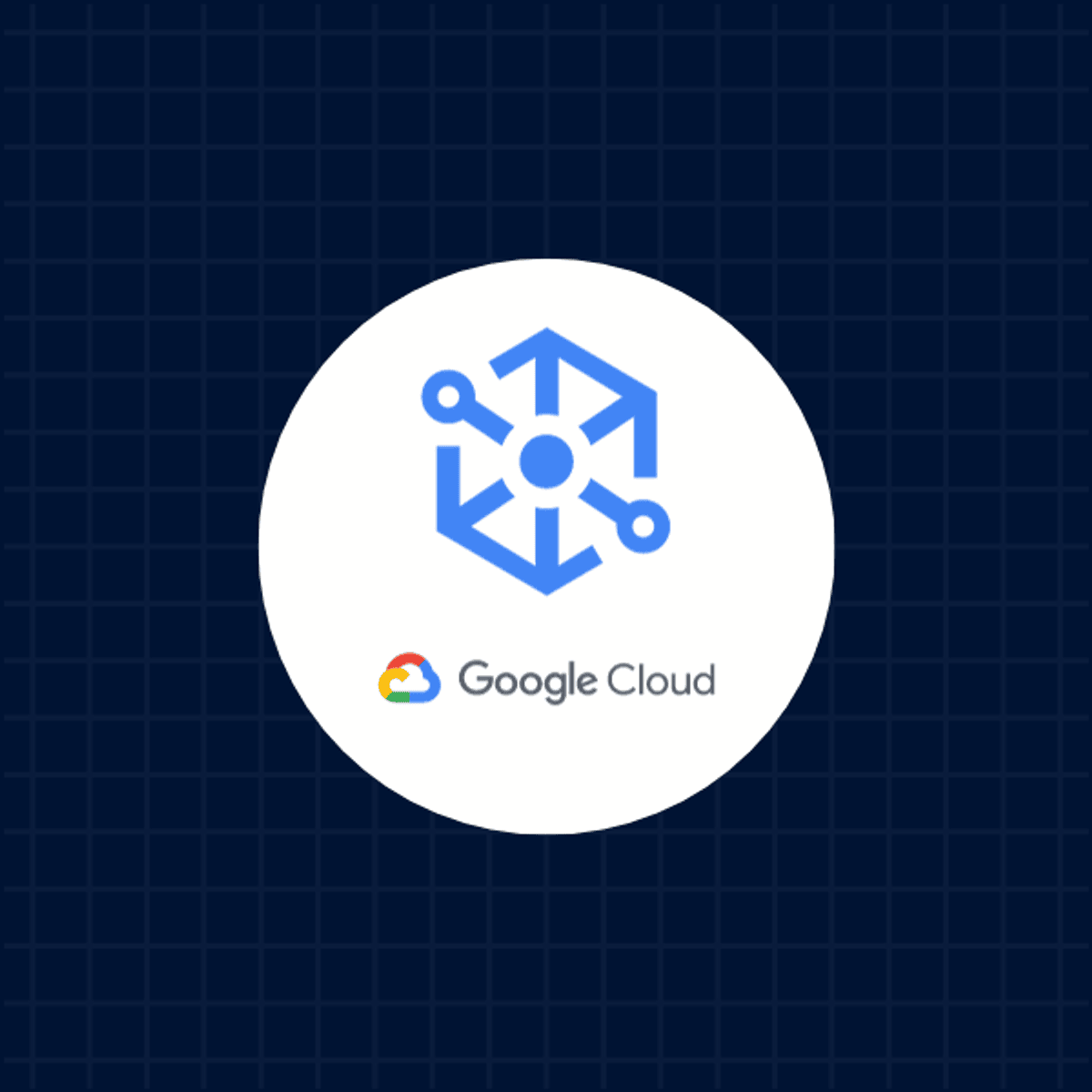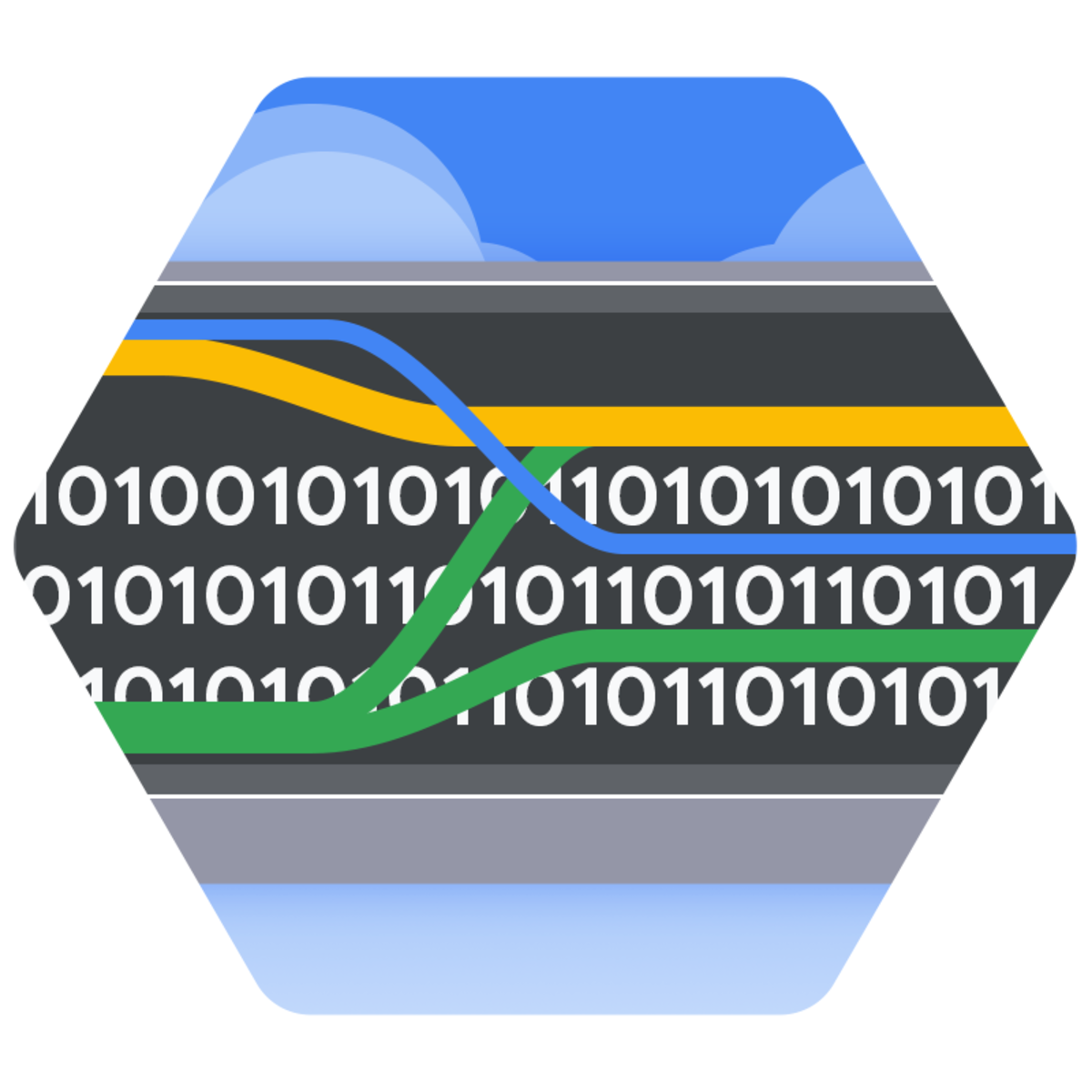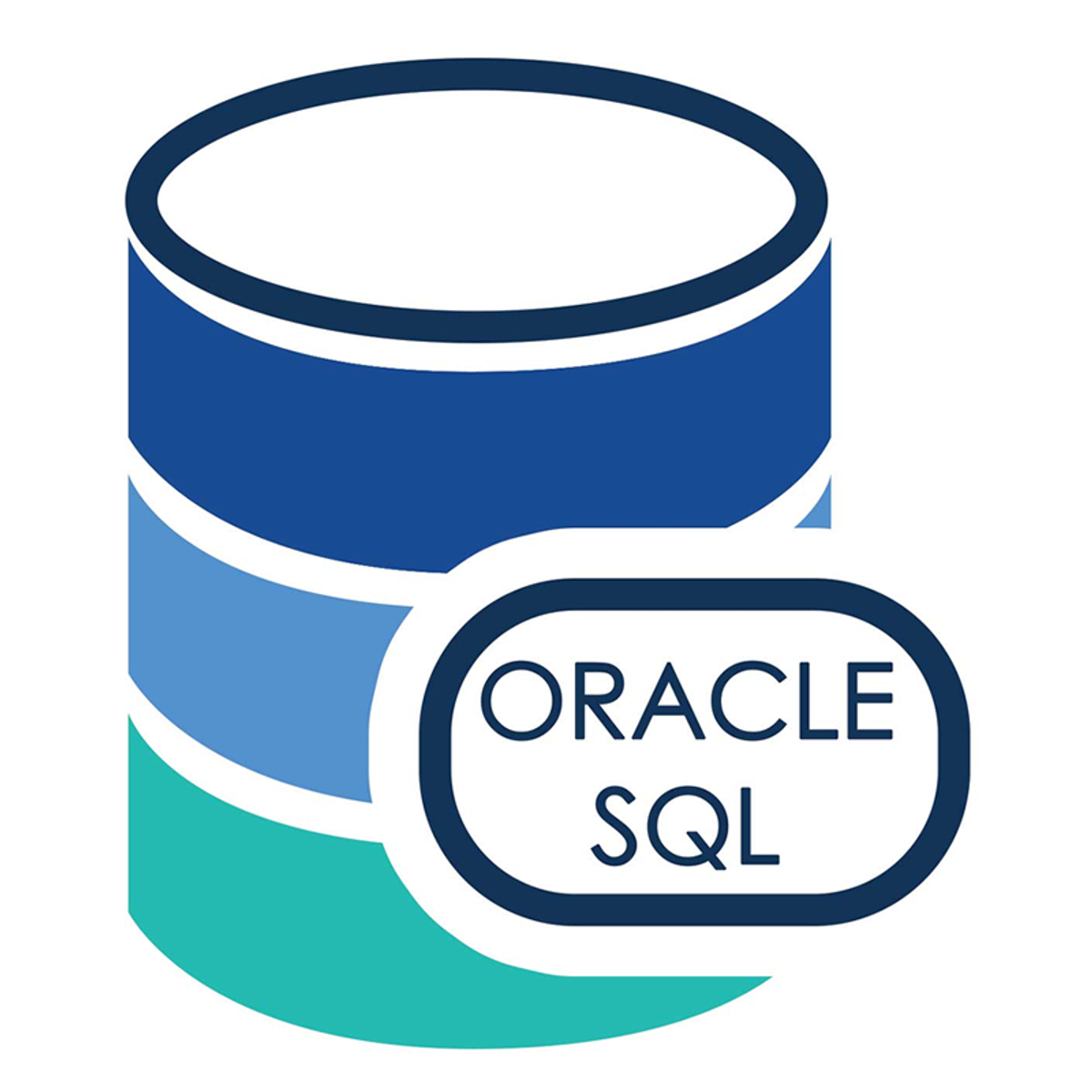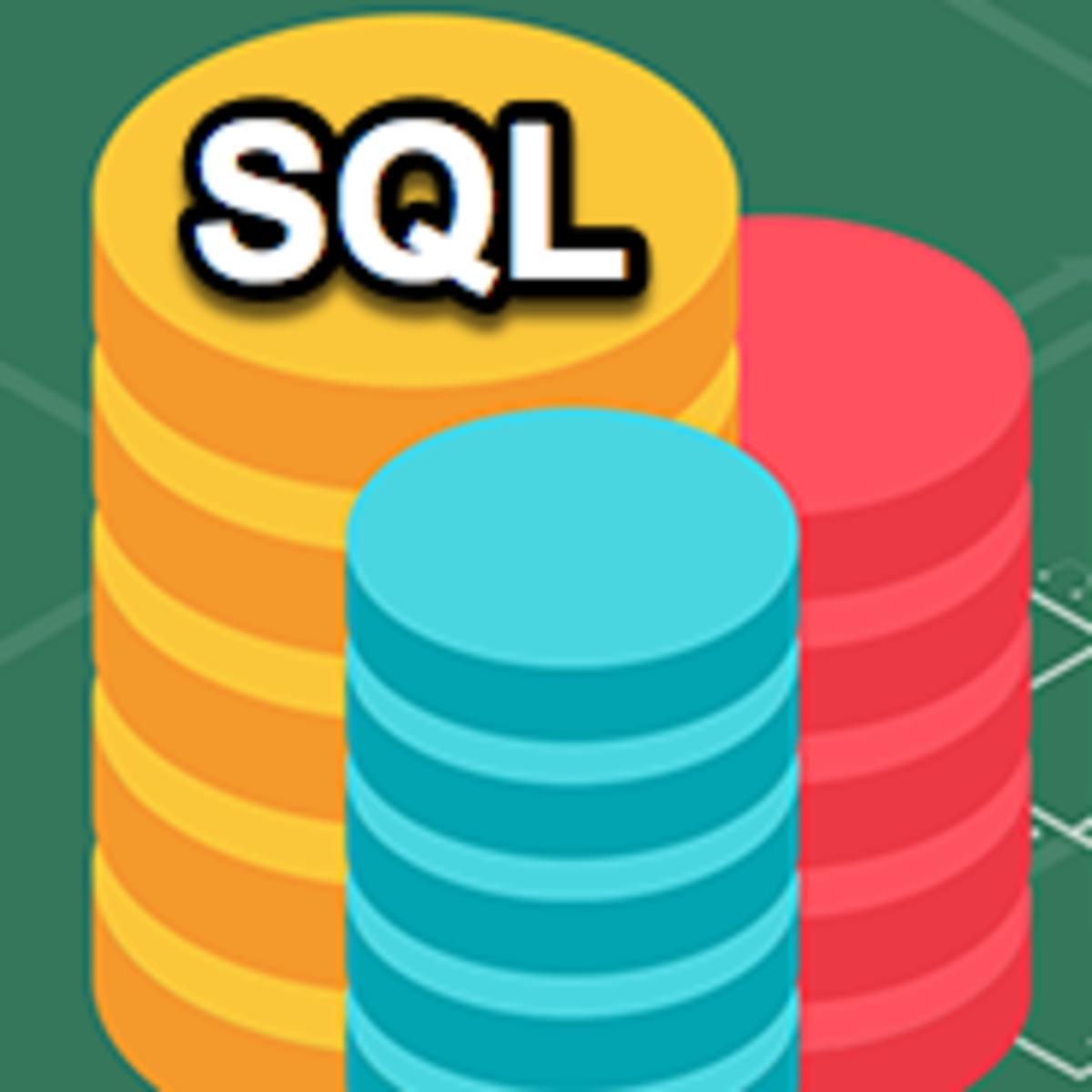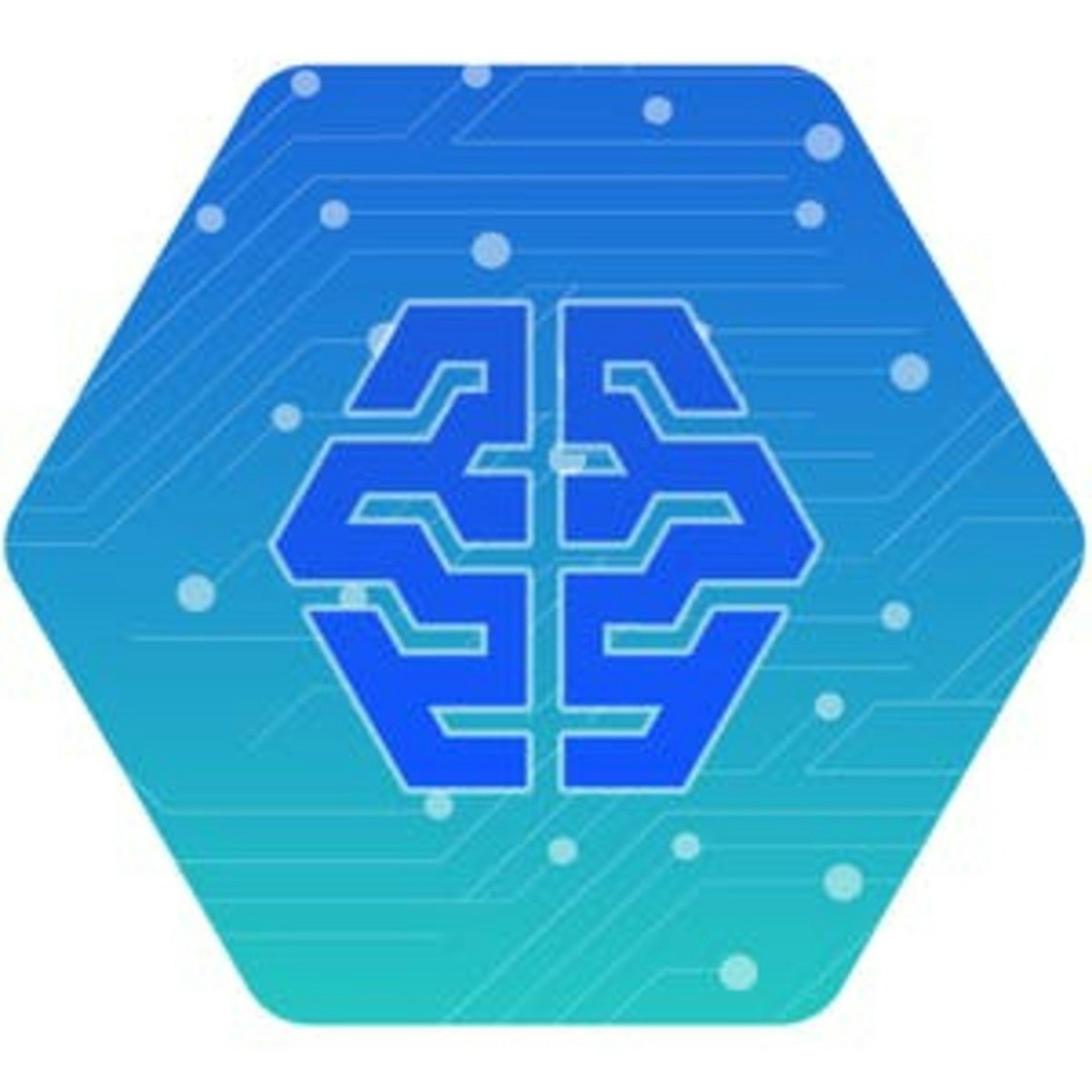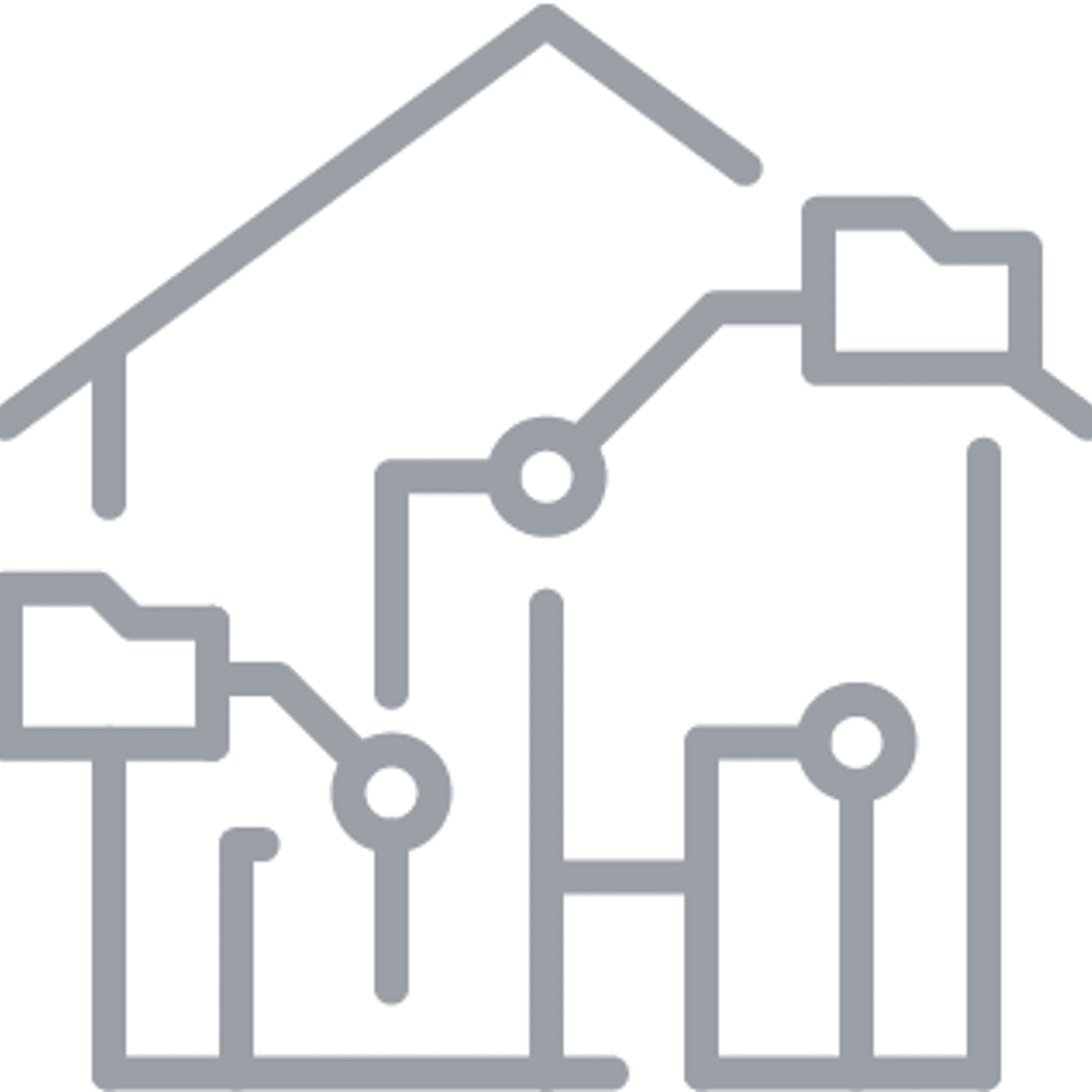Data Architect
Data Architect: Designing the Blueprint for Data
A Data Architect is a crucial role in modern organizations, responsible for designing, creating, deploying, and managing an organization's data architecture. Think of them as the master planners for a company's data assets. They define how data will be stored, consumed, integrated, and managed by different data entities and IT systems, ensuring it meets business requirements for security, quality, and accessibility.
Working as a Data Architect involves tackling complex challenges at the intersection of business needs and technological capabilities. It's a role that demands both deep technical expertise and strong strategic thinking. You'll find yourself shaping the data landscape of an organization, influencing how information flows and powers decisions, which can be an incredibly rewarding experience.
Introduction to Data Architecture
This section introduces the fundamental concepts surrounding the Data Architect role, exploring its purpose, evolution, and place within the broader technology landscape.
Defining the Data Architect Role
At its core, a Data Architect designs the blueprint for managing data across an organization. This involves understanding business needs and translating them into technical specifications for data systems. They create models that define data structures, establish standards for data quality and security, and plan the flow of data through various systems.
The primary purpose is to ensure that data is organized, stored, and accessed effectively and efficiently. This supports business operations, analytics, reporting, and compliance requirements. They are the guardians of data structure and integrity, ensuring that data serves as a reliable asset for the organization.
This role requires a blend of technical knowledge, business acumen, and communication skills. Architects must understand database technologies, data modeling techniques, and data integration methods, while also grasping the business context to design relevant and impactful data solutions.
Evolution and Industry Importance
The role of the Data Architect has evolved significantly with the rise of big data, cloud computing, and advanced analytics. Initially focused primarily on relational database design for transactional systems, the scope now encompasses vast, diverse data ecosystems, including data lakes, data warehouses, and real-time data streams.
Data Architects are critical in nearly every industry today. In finance, they design systems for regulatory compliance and risk management. In healthcare, they structure patient data for clinical research and improved care. Retail relies on them for customer analytics and supply chain optimization, while technology companies need them to manage the massive data generated by their platforms and users.
The increasing volume, velocity, and variety of data have made skilled Data Architects indispensable. They enable organizations to harness data for competitive advantage, innovation, and operational efficiency, making their contribution strategically vital.
Distinguishing Data Architects from Related Roles
While Data Architects work closely with other data professionals, their focus is distinct. A Data Engineer, for instance, typically focuses on building and maintaining the data pipelines and infrastructure designed by the architect. They are more involved in the implementation and operational aspects of getting data from source systems to where it needs to be.
A Database Administrator (DBA) concentrates on the performance, security, and availability of specific databases. Their responsibilities include backups, recovery, tuning, and user management for existing database systems, rather than the overall architectural design.
Finally, a Data Analyst focuses on interpreting data to extract insights, often using the systems and structures put in place by architects and engineers. Data Architects provide the foundational structure that enables effective work by engineers, DBAs, and analysts.
Core Responsibilities of a Data Architect
Data Architects juggle a variety of responsibilities, balancing strategic planning with technical execution. Their work forms the backbone of an organization's data capabilities.
Designing and Managing Data Infrastructure
A primary duty is designing the overall structure of an organization's data systems. This includes selecting appropriate database technologies (SQL, NoSQL), designing schemas, and planning data storage solutions (data warehouses, data lakes, operational databases).
They create blueprints that detail how different data systems interact and how data flows between them. This involves data modeling, defining relationships between data elements, and ensuring the architecture is scalable, reliable, and performs well.
Ongoing management is also key. Architects continuously evaluate and refine the data infrastructure to accommodate changing business needs, technological advancements, and increasing data volumes. They oversee the implementation of their designs, working closely with data engineers and developers.
Ensuring Data Security, Compliance, and Governance
Data Architects play a vital role in safeguarding data assets. They design security measures into the architecture, defining access controls, encryption strategies, and data masking techniques to protect sensitive information.
Compliance with regulations like GDPR, CCPA, and HIPAA is a major concern. Architects must design systems that meet these legal requirements, ensuring data privacy and proper handling of personal information.
They also establish and enforce data governance policies. This involves defining data standards, quality rules, metadata management practices, and data lifecycle processes to ensure data is accurate, consistent, and trustworthy throughout the organization.
Collaborating with Stakeholders
Effective communication and collaboration are essential. Data Architects work closely with business leaders, data scientists, analysts, application developers, and IT operations teams to understand their requirements and constraints.
They translate complex business needs into technical data solutions and explain architectural decisions to non-technical stakeholders. Aligning the data strategy with overall business goals is paramount.
This collaborative process ensures that the data architecture supports the organization's objectives, facilitates data-driven decision-making, and integrates seamlessly with other IT systems and business processes.
Optimizing Data Workflows and Integration
Data Architects design processes for efficient data movement and transformation. This includes designing ETL (Extract, Transform, Load) or ELT pipelines, selecting data integration tools, and defining workflows for moving data between systems.
They focus on optimizing these workflows for performance, reliability, and cost-effectiveness. This might involve choosing between batch processing and real-time streaming, designing efficient data transformations, and ensuring data quality checks are embedded in the pipelines.
Integration with various applications and services, often through APIs, is another key aspect. Architects design how data is shared across the organization, ensuring consistency and accessibility.
Evaluating Emerging Technologies
The technology landscape is constantly evolving. Data Architects must stay informed about new tools, platforms, and methodologies related to data management, storage, and processing.
They evaluate emerging technologies like cloud data platforms (AWS, Azure, GCP), new database types (graph, time-series), artificial intelligence tools for data management, and data virtualization techniques.
Based on these evaluations, they make recommendations on adopting new technologies that could improve the organization's data capabilities, reduce costs, or enable new business opportunities. This requires a forward-looking perspective and a willingness to experiment and adapt.
These courses offer insights into cloud platforms frequently used by Data Architects.
Formal Education Pathways
While practical experience is vital, a strong educational foundation is typically expected for Data Architects. This section outlines common academic routes.
Relevant Undergraduate Degrees
A bachelor's degree in a technical field is often the starting point. Common choices include Computer Science, Information Systems, Software Engineering, or related engineering disciplines. These programs provide foundational knowledge in programming, algorithms, data structures, database systems, and systems thinking.
Mathematics or Statistics degrees can also be relevant, especially if paired with significant coursework or experience in computer science. The analytical and logical reasoning skills developed in these programs are highly valuable.
Regardless of the specific major, coursework focusing on database management, data science fundamentals, systems analysis, and network architecture provides a strong base for a career in data architecture.
Graduate Programs and Certifications
Many Data Architects pursue advanced degrees or certifications to deepen their expertise. A Master's degree in Data Science, Computer Science, Business Analytics, or Information Management can provide specialized knowledge and enhance career prospects.
Professional certifications are also highly regarded. Certifications from cloud providers like AWS Certified Solutions Architect, Google Cloud Certified Professional Data Engineer, or Microsoft Certified: Azure Data Engineer Associate demonstrate expertise on specific platforms.
Vendor-neutral certifications like TOGAF (The Open Group Architecture Framework) focus on enterprise architecture principles and methodologies, which are directly applicable to data architecture.
University Coursework Emphasis
Within formal education, certain subjects are particularly beneficial. Courses covering relational database design, SQL, and NoSQL databases are fundamental. Understanding different data modeling techniques (e.g., conceptual, logical, physical) is crucial.
Systems architecture courses provide insights into designing scalable and resilient systems. Coursework on data warehousing, data integration (ETL/ELT), big data technologies (like Hadoop and Spark), and cloud computing platforms builds essential technical depth.
Understanding distributed systems, network fundamentals, data security principles, and data governance frameworks further strengthens the foundation for a Data Architect role.
Online and Self-Directed Learning
Formal education isn't the only path. Online learning offers flexible and accessible ways to acquire the skills needed for data architecture, especially for career changers or those supplementing traditional education.
Transitioning via Self-Study
It is certainly possible to transition into data architecture through self-study and online resources, although it requires significant discipline and dedication. Many successful architects have backgrounds in related fields like software engineering, database administration, or data analysis and used online learning to bridge skill gaps.
The key is to be strategic about learning. Focus on acquiring foundational knowledge first, then move to specialized skills. Building practical experience through projects is essential to demonstrate competence.
For those considering this path, be prepared for a challenging but achievable journey. It demands persistence and a proactive approach to learning and networking. Setting realistic goals and celebrating milestones can help maintain motivation.
Platforms like OpenCourser aggregate thousands of courses, making it easier to find relevant learning materials from various providers. Use the search and browse features to explore topics like Data Science or Cloud Computing.
Mastering Key Topics Online
Online courses cover virtually every topic relevant to data architecture. Foundational areas include mastering SQL, understanding relational database concepts, and learning data modeling principles.
These courses provide a solid grounding in database fundamentals and SQL proficiency.
Essential intermediate topics include data warehousing concepts, ETL/ELT processes, and proficiency with big data technologies like Spark and Hadoop. Familiarity with cloud platforms (AWS, Azure, GCP) is also crucial.
Advanced topics like data governance, security best practices, specific NoSQL databases (e.g., MongoDB, Cassandra), and streaming technologies (e.g., Kafka) can also be learned online. Choosing courses with hands-on labs accelerates practical skill development.
Building Portfolios with Projects
Theoretical knowledge alone is insufficient. Demonstrating practical skills through projects is critical, especially for those relying heavily on self-directed learning. A portfolio showcases your ability to apply concepts to real-world (or realistic) problems.
Consider personal projects like designing a database for a hypothetical application, building an ETL pipeline to process public datasets, or architecting a small data warehouse. Contribute to open-source projects related to data infrastructure or management tools.
Document your projects thoroughly, explaining the problem, your design choices, the technologies used, and the outcomes. Include diagrams, code snippets (if appropriate), and reflections on challenges faced. A well-presented portfolio can significantly strengthen your job applications.
Many online courses include capstone projects that can form the basis of portfolio pieces.
Balancing Learning Approaches
Combining online learning with formal education or on-the-job experience can be highly effective. University students can use online courses to deepen knowledge in specific areas not covered extensively in their curriculum or to gain practical skills with industry-standard tools.
Professionals can use online learning for upskilling or reskilling, staying current with new technologies, or preparing for certifications. Online courses offer flexibility to learn alongside work commitments.
The credibility of non-traditional credentials (like online course certificates or digital badges) varies. While they demonstrate initiative and specific skills, employers often weigh them alongside formal degrees and, most importantly, proven experience and a strong portfolio.
For guidance on making the most of online learning, explore the OpenCourser Learner's Guide, which offers tips on structuring your learning and earning certificates.
Career Progression for Data Architects
The path to becoming a Data Architect often involves gaining experience in related roles first. It's typically considered a mid-to-senior level position.
Starting Points and Entry Routes
Common entry points include roles like Data Analyst, Database Developer, Business Intelligence Developer, or Software Engineer with a data focus. These positions build foundational skills in SQL, databases, data handling, and understanding business requirements.
Experience in data engineering, building and managing data pipelines, is also a very common precursor to an architecture role. Database Administrators often transition by broadening their focus from specific databases to the overall data ecosystem.
Gaining exposure to data modeling, system design, and cross-functional projects in these earlier roles is crucial for preparing for the strategic responsibilities of a Data Architect.
Mid-Career Transitions and Specializations
As professionals gain experience, they might transition into a Data Architect role from related technical positions. Mid-career, Data Architects often specialize further.
Some may focus on specific platforms, becoming Cloud Data Architects (e.g., AWS, Azure, GCP). Others might specialize in particular domains like Big Data Architecture, Data Warehouse Architecture, or Data Security Architecture.
Lateral moves into roles like Solutions Architect (broader IT systems focus) or Cloud Architect are also common, leveraging the strong system design skills developed as a Data Architect.
Leadership Roles and Beyond
Experienced Data Architects can progress into leadership positions. This might involve leading a team of architects as a Principal Data Architect or Manager of Data Architecture.
With significant experience and strategic insight, some advance to roles like Enterprise Architect (overseeing all IT architecture) or Chief Data Officer (CDO), responsible for the organization's overall data strategy and governance.
The skills of a Data Architect – strategic thinking, technical depth, and business alignment – are highly valuable for senior technology leadership roles across various industries.
Industry Trajectories and Market Demand
Career paths can vary by industry. A Data Architect in healthcare might focus heavily on compliance (HIPAA) and interoperability standards, while one in fintech might specialize in real-time transaction processing and fraud detection systems.
The demand for skilled Data Architects is strong globally, driven by the increasing importance of data across all sectors. According to the U.S. Bureau of Labor Statistics, employment for database administrators and architects is projected to grow, reflecting this need.
Salaries vary based on experience, location, industry, and company size, but Data Architects are generally well-compensated due to the specialized skills and strategic importance of the role. Remote work opportunities have also become increasingly common in this field.
Technical Skills vs. Soft Skills
Success as a Data Architect requires a potent combination of deep technical expertise and well-developed soft skills.
Essential Tools and Technologies
Proficiency with various tools is necessary. Data modeling tools like ER/Studio or Erwin Data Modeler are common for designing schemas. Strong SQL skills are non-negotiable across various database platforms (e.g., PostgreSQL, SQL Server, Oracle).
Familiarity with data integration and ETL tools (e.g., Informatica, Talend, Azure Data Factory, AWS Glue) is crucial. Knowledge of big data technologies (Spark, Hadoop ecosystem) and streaming platforms like Apache Kafka is increasingly important.
Expertise in cloud platforms (AWS, Azure, GCP) and their data services (Redshift, BigQuery, Synapse, S3, ADLS) is now standard. Understanding containerization (Docker, Kubernetes) can also be beneficial.
Core Technical Competencies
Beyond specific tools, architects need strong foundational competencies. Expertise in data modeling (conceptual, logical, physical), including normalization and dimensional modeling (star/snowflake schemas), is fundamental.
Understanding database design principles for both relational and NoSQL databases is key. Knowledge of data warehousing concepts, data lake design, and data integration patterns (ETL/ELT, batch vs. streaming) is essential.
Architects must also understand API design, data security principles, performance tuning techniques, and disaster recovery strategies.
Communication and Stakeholder Management
Technical skills alone are not enough. Data Architects must effectively communicate complex technical concepts to diverse audiences, including non-technical business leaders and users.
They need strong presentation and documentation skills to articulate designs, justify decisions, and create clear architectural diagrams and standards.
Building relationships and collaborating with stakeholders across different departments is vital for understanding requirements, gaining buy-in for architectural decisions, and ensuring alignment between data strategy and business objectives.
Ethical Decision-Making and Governance
Data Architects often face ethical considerations. They must design systems that handle data responsibly, respecting privacy regulations and mitigating potential biases in data collection and processing, especially when designing infrastructure for AI/ML systems.
Implementing robust data governance practices is part of their ethical responsibility, ensuring data quality, security, and appropriate usage according to defined policies.
Balancing Innovation and Constraints
Data Architects operate within organizational realities, including budget limitations, existing infrastructure, legacy systems, and company policies. They must balance the desire for innovative solutions with these practical constraints.
This involves making pragmatic trade-offs, finding solutions that are both technically sound and feasible within the organization's context, and planning phased implementations or migrations when necessary.
Successfully navigating this balance requires strategic thinking, problem-solving skills, and an understanding of organizational dynamics alongside technical expertise.
This highly-regarded book discusses the trade-offs involved in designing complex data systems.
Industry Applications of Data Architecture
Data architecture principles are applied across diverse industries, tailored to specific needs and challenges. Here are a few examples.
Healthcare Sector Applications
In healthcare, data architecture is critical for managing sensitive patient information securely and ensuring compliance with regulations like HIPAA. Architects design systems for Electronic Health Records (EHR), enabling data sharing for coordinated care while maintaining privacy.
They build architectures to support clinical research, integrating data from various sources (labs, imaging, clinical notes) for analysis. Data warehousing solutions are designed for operational reporting, quality improvement initiatives, and population health management.
Interoperability is a major challenge, requiring architects to design systems using standards like FHIR (Fast Healthcare Interoperability Resources) to allow different healthcare applications to exchange data seamlessly.
Retail and E-commerce Examples
Retailers leverage data architecture to understand customer behavior and personalize experiences. Architects design systems to integrate data from point-of-sale systems, e-commerce platforms, loyalty programs, and social media.
Data warehouses and data lakes are built to support analytics for customer segmentation, targeted marketing, recommendation engines, and pricing optimization. Real-time data architectures enable dynamic pricing and inventory management.
Optimizing supply chain visibility is another key area, requiring architectures that track inventory across distribution centers and stores, predict demand, and manage logistics efficiently.
Financial Services Use Cases
The finance industry relies heavily on robust data architecture for risk management, regulatory compliance (e.g., Basel III, Dodd-Frank), fraud detection, and algorithmic trading.
Architects design systems capable of processing high volumes of transactional data in real-time, ensuring accuracy and consistency. Data warehouses are crucial for regulatory reporting and financial modeling.
Security is paramount, requiring architectures with strong encryption, access controls, and audit trails. Designing systems for data lineage helps track data origins for compliance and auditing purposes.
Emerging Fields and Technologies
Data architecture is evolving rapidly to support new technologies. In the Internet of Things (IoT), architects design systems to ingest, process, and store massive streams of sensor data, often requiring specialized time-series databases and edge computing strategies.
For generative AI, architects design the infrastructure needed to manage large datasets for model training, handle vector embeddings, and serve models efficiently. This includes considerations for data storage, processing power (GPUs), and specialized vector databases.
These emerging areas present unique challenges and require architects to continuously adapt their skills and approaches.
Ethical and Regulatory Challenges
Data Architects must navigate a complex landscape of ethical considerations and regulatory requirements.
Navigating Data Privacy Laws
Global regulations like the EU's General Data Protection Regulation (GDPR) and the California Consumer Privacy Act (CCPA) impose strict rules on collecting, processing, and storing personal data. Architects must design systems that comply with these laws.
This includes implementing mechanisms for user consent, data access requests, data deletion ("right to be forgotten"), and ensuring data processing activities have a legal basis. Data minimization principles should guide architectural design.
Understanding the nuances of different regional laws and designing flexible architectures that can adapt to evolving regulations is a significant challenge.
Bias Mitigation in Data Systems
Data used to train AI and machine learning models can contain historical biases, which can lead to unfair or discriminatory outcomes if not addressed. Data Architects play a role in designing systems that facilitate bias detection and mitigation.
This might involve architecting data pipelines that incorporate fairness checks, enabling the tracking of data lineage to understand potential sources of bias, and designing systems that allow for equitable data representation.
While bias mitigation often involves data scientists and ML engineers, the underlying data architecture must support these efforts.
Environmental Impact Considerations
Large-scale data centers and processing activities consume significant amounts of energy, contributing to environmental concerns. Data Architects can influence this impact through their design choices.
Designing efficient storage strategies, optimizing data processing workflows to reduce computational load, and selecting energy-efficient cloud providers or hardware are ways architects can contribute to sustainability.
While not always a primary focus, awareness of the environmental footprint of data infrastructure is an emerging ethical consideration for the field.
Balancing Business Objectives and Ethics
Sometimes, business goals related to data usage might conflict with ethical principles or regulatory requirements. For example, maximizing data collection for marketing purposes might clash with data minimization principles under GDPR.
Data Architects often find themselves needing to advocate for ethical data handling practices and designing solutions that meet business needs while upholding ethical standards and complying with laws.
This requires strong communication skills, ethical reasoning, and the ability to propose alternative solutions that balance competing demands. They act as crucial advisors in navigating these complex trade-offs.
Future Trends Affecting Data Architects
The field of data architecture is dynamic, influenced by ongoing technological advancements and evolving business needs.
Impact of Quantum Computing
While still largely experimental, quantum computing holds the potential to revolutionize computation, including breaking current encryption standards. Data Architects will need to monitor developments and plan for future "quantum-safe" encryption methods to protect data at rest and in transit.
Quantum computing could also accelerate certain types of data analysis and optimization problems, potentially requiring new architectural approaches to leverage these capabilities when they become commercially viable.
Staying informed about the progress and potential implications of quantum computing is important for long-term architectural planning.
Decentralized Data Architectures
Technologies like blockchain and distributed ledger technology (DLT) are enabling new decentralized approaches to data management. These architectures can offer enhanced security, transparency, and control over data.
Data Architects may increasingly need to design and integrate systems that utilize decentralized principles, particularly in areas like supply chain management, identity verification, and secure data sharing across organizations.
Understanding concepts like cryptographic hashing, consensus mechanisms, and smart contracts will become more relevant as these technologies mature.
Automation and AI in Data Management
Automation is increasingly used to handle repetitive data management tasks, such as data quality checks, metadata generation, and pipeline monitoring. AI and machine learning are being applied to optimize database performance, detect anomalies, and automate aspects of data governance.
Data Architects will leverage these tools to improve efficiency and effectiveness but must also design architectures that facilitate automation and AI integration. This includes ensuring data is suitable for AI-driven analysis and management.
The role may shift towards more strategic tasks as routine operations become more automated, focusing on complex design challenges and aligning data strategy with AI initiatives.
Cross-Industry Standardization
There is a growing push for better data standards and interoperability across industries and platforms. Efforts like standardized data formats, common APIs, and industry-specific data models aim to simplify data integration and sharing.
Data Architects play a role in adopting and promoting these standards within their organizations. Adherence to standards can reduce complexity, improve data quality, and facilitate collaboration with partners.
Keeping abreast of relevant standardization efforts (e.g., schema.org for web data, FHIR in healthcare) is important for designing future-proof and interoperable data architectures.
Frequently Asked Questions
Here are answers to some common questions about pursuing a career as a Data Architect.
Can software engineers transition into Data Architecture?
Yes, transitioning from software engineering is a common and logical path. Software engineers often have strong foundations in system design, programming, and problem-solving. Key areas to focus on for the transition include deepening database knowledge, learning data modeling techniques, understanding data warehousing and big data concepts, and gaining experience with relevant data tools and cloud platforms.
Highlighting projects involving data persistence, API design for data access, or system integration can strengthen a transition case. Pursuing relevant certifications can also signal commitment and acquired knowledge.
Is prior coding experience mandatory?
While Data Architects might not code extensively day-to-day like software engineers, some coding or scripting experience (e.g., Python, SQL) is generally expected and highly beneficial. Understanding programming concepts helps in designing feasible solutions, communicating with developers, and automating tasks.
Lack of deep coding expertise might not be an absolute barrier if compensated by exceptional strength in data modeling, database design, and strategic thinking, but familiarity with coding principles is usually required.
Which industries hire the most Data Architects?
Data Architects are in demand across virtually all sectors. Technology companies, financial services, healthcare, retail, consulting firms, and government agencies are major employers. Any organization dealing with significant amounts of data or undergoing digital transformation likely needs data architecture expertise.
The specific focus might vary by industry (e.g., compliance in finance, scalability in tech), but the core skills are transferable.
How does seniority affect compensation?
Compensation generally increases significantly with experience and seniority. Entry-level related roles (like Data Analyst or Junior DBA) have lower starting salaries. Mid-level Data Architects earn substantial salaries, and Senior or Principal Data Architects command very high compensation packages, reflecting the strategic importance and specialized skills required.
Factors like location, company size, industry, and specific certifications also influence salary levels. Leadership roles like Chief Data Officer represent the upper end of the compensation scale in the data field.
Consulting firms like Robert Half often publish salary guides that provide benchmarks for technology roles, including data architects.
Is remote work common in this field?
Yes, remote work has become increasingly common for Data Architects, especially since the role often involves design, planning, and collaboration that can be done effectively online. Many companies, particularly in the tech sector, offer remote or hybrid arrangements.
However, some organizations, especially those in more traditional industries or with specific security requirements, may prefer on-site presence. Availability of remote work depends on company policy and the nature of specific projects.
Do certifications outweigh experience?
Generally, practical experience is valued more highly than certifications alone. Employers look for demonstrated ability to design and implement effective data solutions. However, certifications can be valuable complements to experience.
Certifications validate knowledge of specific technologies (like cloud platforms) or methodologies (like TOGAF) and can be particularly helpful for career changers or those seeking to demonstrate expertise in a new area. A combination of solid experience and relevant certifications is often the ideal profile.
Embarking on a career as a Data Architect is a challenging yet highly rewarding path for those passionate about structuring information and enabling data-driven insights. It requires continuous learning and adaptation but offers the opportunity to make a significant strategic impact within an organization. Whether you are starting your journey or considering a transition, resources like those available on OpenCourser can help you map out your learning and build the necessary skills.








